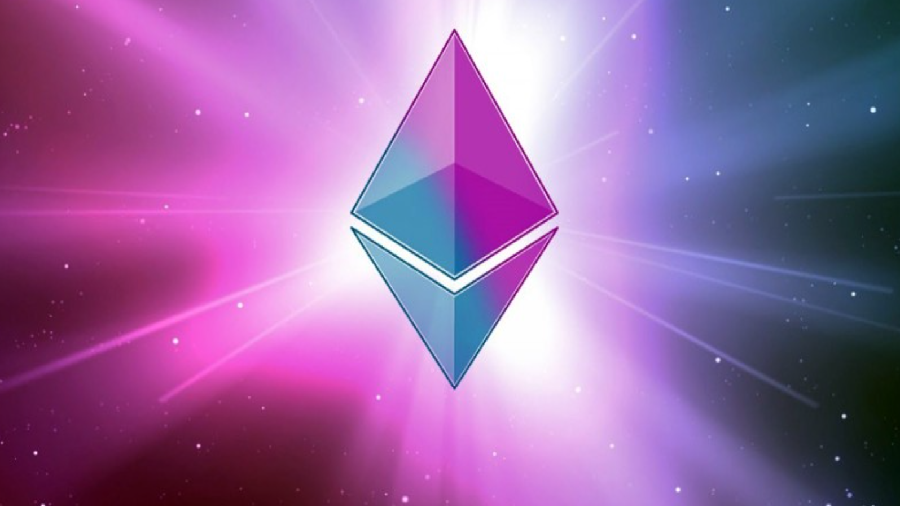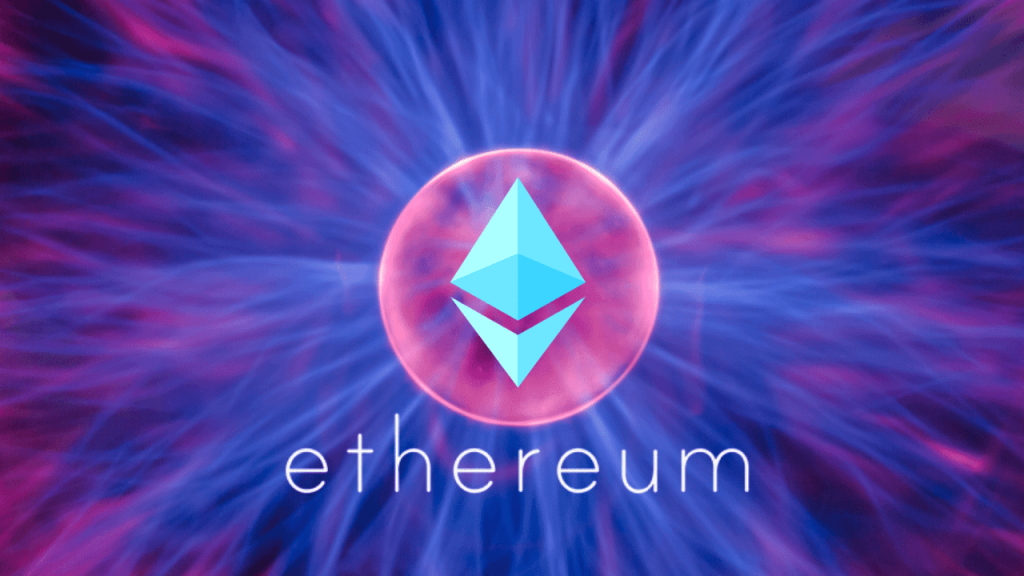Ethereum has consistently held the second spot among cryptocurrencies by market capitalisation, reaching $400 billion by early 2025. Since its launch in 2015, its value has grown from $0.30 per token to a peak of $4,800 in November 2021—currently, the average price of the coin hovers around $3,200. Due to the asset’s volatility, the question of whether it is worth buying Ethereum shortly becomes especially relevant.
Outlook: What will happen to Ethereum in the near future?
Experts’ forecast for the Ethereum price in 2025 is based not only on historical indicators but also on fundamental demand for the technology. The most important driver of growth has been the development of decentralized finance and NFTs (non-fungible tokens), which operate primarily on the Ethereum blockchain. At the beginning of this year, more than $150 billion was invested in DeFi projects, with the network accounting for approximately 60% of the market. The high market demand for the technology is constantly increasing demand for the currency, making investments profitable and promising.
Ethereum Price: Figures and Expert Predictions Until 2030
Analyzing the statistics, experts highlight a positive long-term trend. At the beginning of 2025, the ETH exchange rate is expected to be around $5,500, which is significantly higher than in 2022 (around $1,800). Given the current dynamics, the asset’s value could reach between $7,500 and $6,000 by the end of December.
Analysts’ long-term forecasts are more optimistic:
- The price by 2030 is projected to be between $12,000 and $20,000, based on current adoption rates and demand.
- Bloomberg statisticians offer a more conservative view of what will happen to Ethereum in the near future, pointing to a possible range of $8,000 to $12,000 by 2030.
The main growth factor is the stable demand for decentralized financial services, as well as the constant improvement of blockchain technology, including Ethereum 2.0 and the transition to Proof-of-Stake.
How to Choose Ethereum for Investment: Analysis with Examples
 For those considering investing in ETH, it’s important to understand how to choose a cryptocurrency. There are several key parameters to consider.
For those considering investing in ETH, it’s important to understand how to choose a cryptocurrency. There are several key parameters to consider.
Market Stability and Reputation
Since its inception in 2015, Ethereum has consistently ranked among the top three cryptocurrency market leaders. The number of active ETH wallets worldwide has exceeded 230 million, with over 1.2 million transactions made daily, confirming the network’s reliability and trust in the project. These figures demonstrate the long-term demand for the token.
Network Development and Upgrades
Ethereum underwent a major upgrade to version 2.0, which was completed in 2023. The transition reduced network energy consumption by 99.9% and enabled a significant increase in throughput to 100,000 transactions per second. The introduction of proof-of-stake technologies has made the currency more attractive to investors who prefer sustainable and environmentally friendly projects.
How to Choose the Right Time to Invest in Ethereum: Simple Tips for Beginners
When making an investment decision, it’s worth considering the risks of investing in cryptocurrencies and potential market fluctuations. Over the past five years, ETH’s average volatility has reached 10-15% per month, and periods of sharp price fluctuations are observed on average twice a year. Therefore, averaging, where coins are regularly purchased in equal shares, is considered the most reasonable strategy.

Advantages:
- Extensive infrastructure and numerous DeFi projects (Uniswap, Compound, MakerDAO).
- Stable support from major companies (Visa, JPMorgan, Samsung).
- Regular technology updates and improvements (sharding to be introduced in 2024).
Risks of investing in the Ethereum cryptocurrency:
- High volatility and possible short-term declines.
- Strengthening market regulation in individual countries (US, China, EU).
- Growing competition from alternative blockchain projects (Solana, Avalanche, Polkadot).
How much will Ethereum cost in 2025 and 2030? Specific market expectations
To understand what will happen to Ethereum in the near future, it is important to understand what factors determine the price of the second most popular cryptocurrency. Today, analysts and experts make various predictions based on the current market situation, technological developments, and the overall dynamics of the global cryptocurrency market.
Forecast for 2025: Growth Factors
The average analyst forecast shows that the price this year could remain stable in the range of $7,000 to $8,000. These figures seem quite realistic considering the current price of ETH is around $3,200. The main factors behind this growth are Ethereum’s integration with major international payment systems (PayPal, Stripe, Visa), as well as the continued boom in the decentralized finance (DeFi) market.
The Ethereum 2.0 technology upgrade plays an important role. The transition to the Proof-of-Stake system has significantly increased transaction speed (up to 100,000 transactions per second) and reduced commission costs to minimal amounts ($0.5–2 per transaction versus $20–30 previously). This increases demand for the network among corporate clients and private investors.

To illustrate market changes, let’s look at an example: in 2021, after the announcement of Ethereum’s transition to Proof-of-Stake, the price of ETH increased by more than 30% in one month, from $2,800 to $3,600. Such events will contribute to maintaining the positive price dynamics of Ether in the future.
Growth factors:
- The continued growth of the NFT space, where Ethereum holds a 75% market share.
- The rise of DeFi applications, with a total value of funds expected to reach $250 billion by 2025.
- Regular use of blockchain by international companies, including Microsoft, Samsung, and JPMorgan.
- The growing interest of institutional investors (investment funds, banks), who invested more than $3.5 billion in Ethereum by 2024.
- High liquidity of ETH on exchanges (Binance, Coinbase, Kraken), where daily trading volume exceeds $15 billion.
Forecast for 2030: Long-Term Expectations and Figures
If we analyze what will happen to Ethereum in the near and long-term future, it is clear that it is capable of surpassing the $12,000 mark by 2030. Moreover, several experts, including representatives from the investment bank Goldman Sachs, consider this forecast to be conservative.
By 2030, the overall cryptocurrency market capitalization is expected to reach $10 trillion, of which Ethereum will account for at least 30%. A major driver of this growth will be the active spread of decentralized financial solutions and the partial replacement of traditional banking services with applications built on the Ethereum blockchain.
Is it worth buying Ethereum in 2025?
 Despite the risks and volatility, Ethereum’s outlook remains extremely favorable due to the project’s stability, the high demand for DeFi and NFT technologies, and the confidence of institutional investors. In the long term, what will happen to Ethereum in the near future? Investments in ETH can provide stable capital growth and reliable protection against inflation.
Despite the risks and volatility, Ethereum’s outlook remains extremely favorable due to the project’s stability, the high demand for DeFi and NFT technologies, and the confidence of institutional investors. In the long term, what will happen to Ethereum in the near future? Investments in ETH can provide stable capital growth and reliable protection against inflation.
 en
en  de
de  ar
ar  es
es  hi
hi  fr
fr  nl
nl  it
it  pt
pt  el
el 



